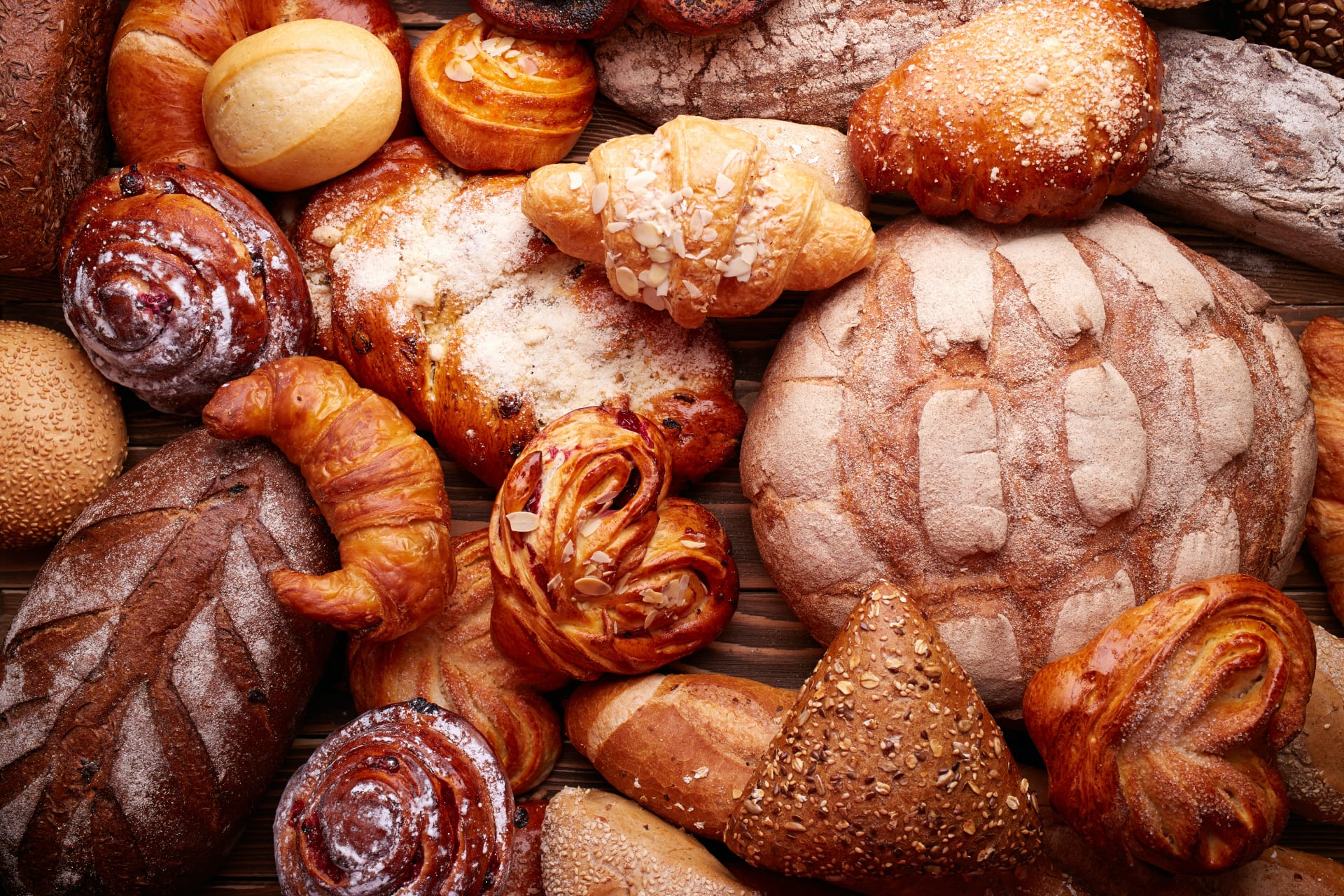You are using an outdated browser. Please upgrade your browser to improve your experience and security.
Waste no food

The issues
Food waste occurs in all areas of the kitchen and costs the hospitality industry billions of dollars each year. Sweet gastronomy is often measured and precise in its recipes, but food waste still occurs. Fruit and dairy can go off, off-cuts of pastry can get thrown away, portion sizes can be too large, and shelves can be over-filled to meet customer expectations. All of this leads to avoidable food waste.
Why it matters
Between 8-10% of global greenhouse gas emissions are associated with food that is not consumed. This wasted food also represents a financial cost to businesses. Given there are food shortages in parts of the world, a responsible business has a duty to try and limit food waste.
Top tips to waste no food
- Develop recipes with food waste in mind and use preservation methods to prevent food waste from occurring
Get inspired by our contributors

We frequently speak about recycling and reusing, but much less about reducing. I believe that the best way to avoid food waste is to avoid producing it in the first place. I do this by thinking about how I design my desserts. I try to create recipes that use every single part of each ingredient. Another way I do this is by optimizing each process in the kitchen to reduce surplus to a minimum.
Sandra ORNELAS
Pastry Chef
L’Ecole Valrhona
Spain

When it comes to food waste, Jérôme Raffaelli pastry chef and co-owner of vegan patisserie Oh Faon ! in Marseille takes quite a radical approach. He aims to make the minimum viable amount of product to sell. This means that if customers stop by the patisserie at 5pm, there probably won’t be much left on display. Challenging the common expectation that shelves should be kept fully stocked throughout the day, Oh Faon ! goes in the opposite direction. Jérôme sees it as an opportunity to educate and raise awareness of food waste amongst their customers, highlighting that they have limited production every day, which can also help create increased demand. Not only does this mean food waste is reduced but it also impacts on the patisserie’s energy use and the hours that staff are required to work. For the rare days when the patisserie does have leftovers, these either get given to staff or local shops or sold to local restaurants, in a great example of working together with other local businesses to tackle the issues of food waste.
Jérôme RAFFAELLI
Pastry Chef & Co-Owner
Oh Faon !
Marseille, France